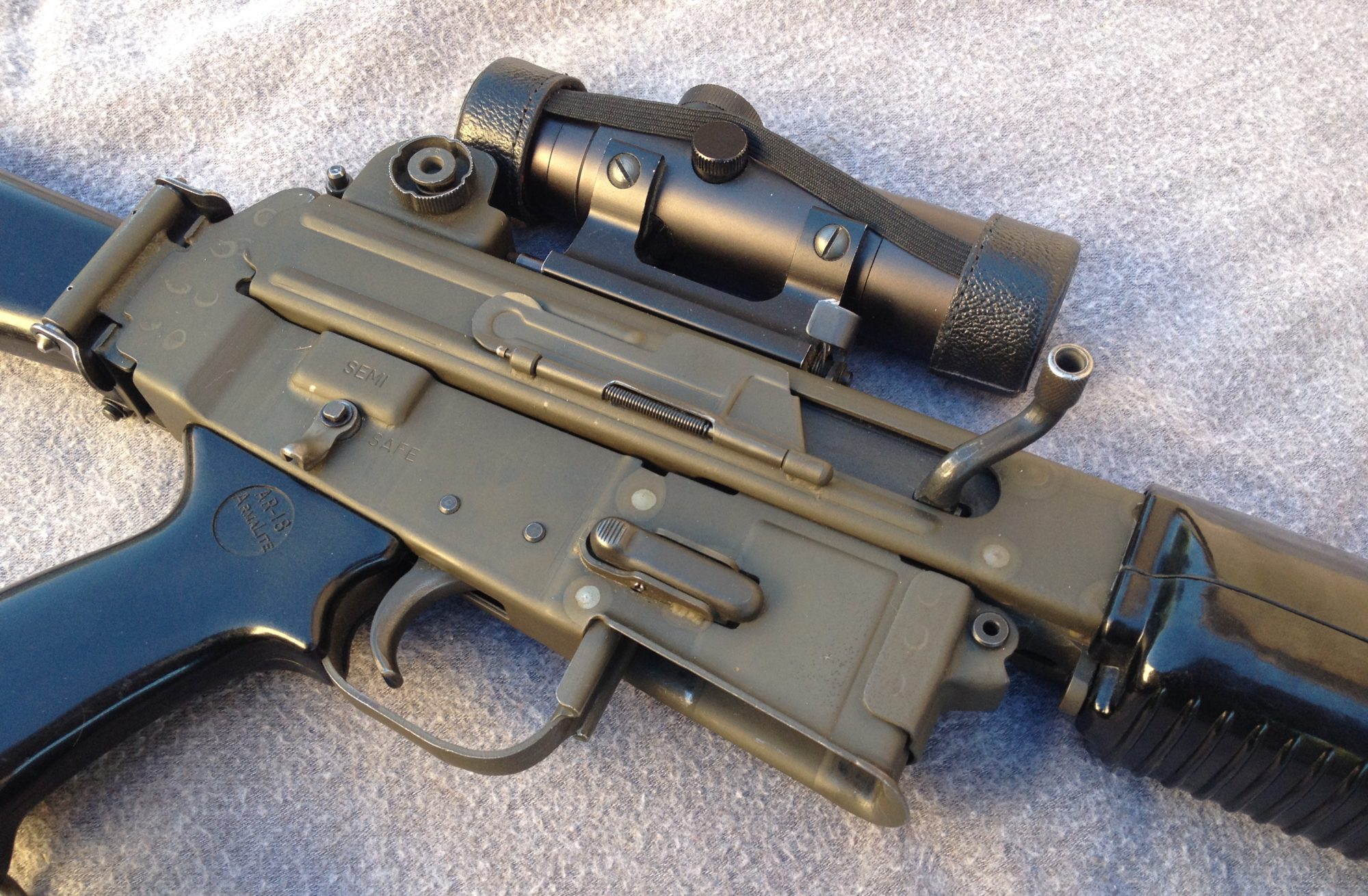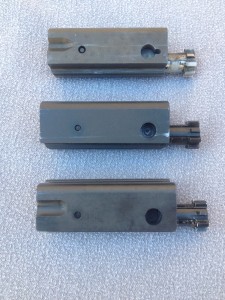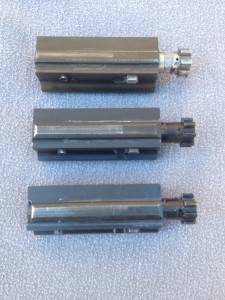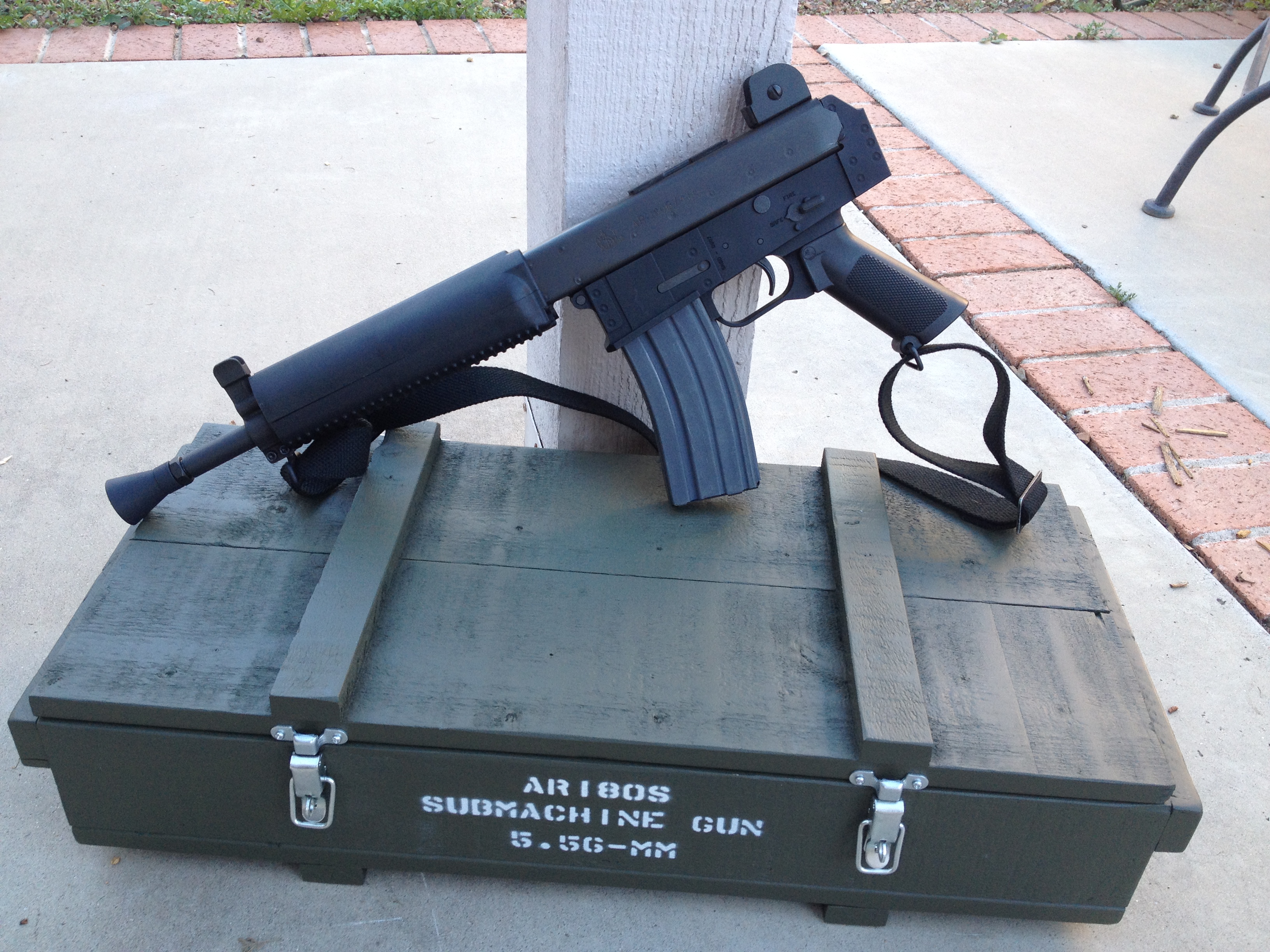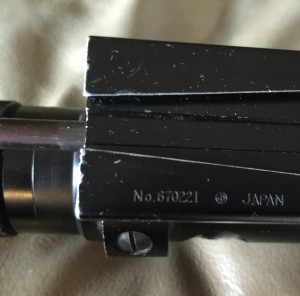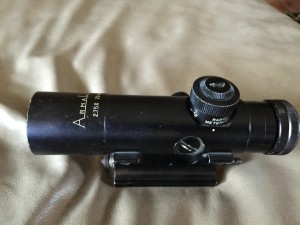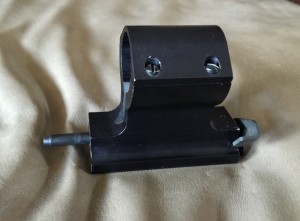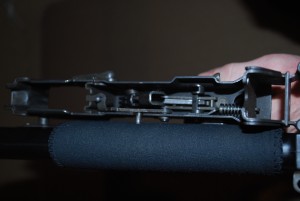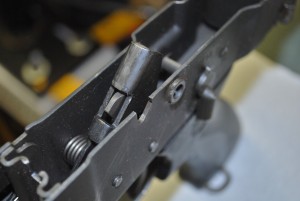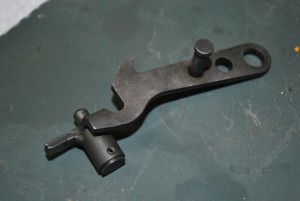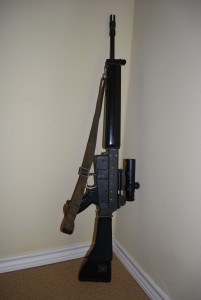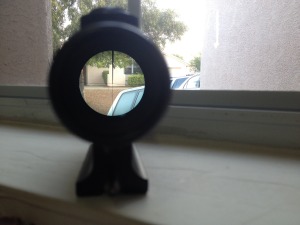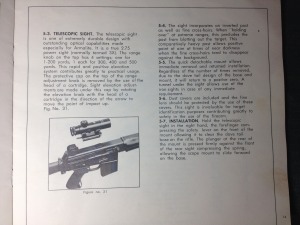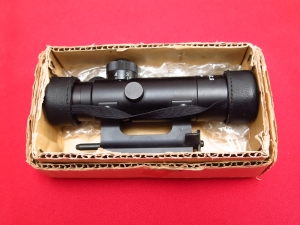I was first prompted to look at the differences in bolt carrier groups between my guns when I started my Shorty Project. With the purchase of my Vulcan V18 I now had 3 versions of these bolt carrier groups and was able to examine them closely. My hope is that these will be of use in the future when someone finds a BCG and needs to identify what gun it originally came from.
The three BCG’s are, in order from top to bottom, Sterling AR-180, Armalite AR-180B, and Vulcan V18.
The first thing that jumps out is that the Sterling BCG features a chrome bolt and cam pin. The others are parkerized. All three carriers are parkerized as well but the Sterling is a different shade with a slight green tint. The Sterling and Vulcan carriers have a cut out on the right rear that is used to open the dust cover. The Vulcan does not have a dust cover so we can only guess as to why it was put there. The Sterling carrier is machined for the locating lug on the charging handle. The 180B is a simple hole, and as mentioned in an earlier post, the Vulcan has a slot and a hole.
The bottoms are very similar but you can just make out the differences near the firing pin on the Vulcan.
The left side of the Sterling has a radius cut around the guide rod hole where the other two no not. This leads to a divot being left in this area after the machining of the cam pin hole is finished. You will also not that the guide pin of the Vulcan is solid and the others are hollow.
Next I discovered why I was unable to get the Vulcan’s last round bolt hold open to work. There is a angled slot that is machined into all the 180 carriers but not the Vulcan. We must remember that the Vulcan originally used a modified AR-15 lower and they needed it to work with that bolt hold open. My original plan was to copy the 180B hold open but that will only work if I cut this slot. I will first try to re-engineer a different hold open and see if I can make that work.
The remaining pictures are showing the BCG’s in the order, Vulcan, 180B, Sterling. Top to bottom and left to right.
The tops are very similar but you will notice the Vulcan carrier shown has wider flats and a slot cut into the rear face.
Here you can clearly see the biggest difference in that the Vulcan carrier has had a large slot machined into the rear face. This is because the hammer was located further forward on the modified AR-15 lower and they attempted to compensate for that. It did not work too well on this particular gun. The Sterling carrier on the right slows the radius around the left guide rod hole that is not present on the others. You can also make out that the firing pin hole is chamfered and the area around the guide rod holes has been relief cut. . The chamfer was left out on the 180B and caused some problems with the hammer peaning the edges of the hole and was restricting the movement of the firing pin. I modified this area on mine so that would not happen again and this is something you should inspect on your 180B if you own one.
I hope this can be used for reference and be of some use down the road. Feel free to comment if you see things that I missed or have any other questions.
Please subscribe and contact me if you have any questions or would like to contribute in any way.
